Earlier this year, Apple announced its plan to introduce MacBooks powered by Apple silicon, just like their iPads and iPhones. It is going to be a gamechanger for MacBooks to have Apple silicon, and in this post, I’m going to explain all about Apple silicon.
The history of processors. RISC vs CISC
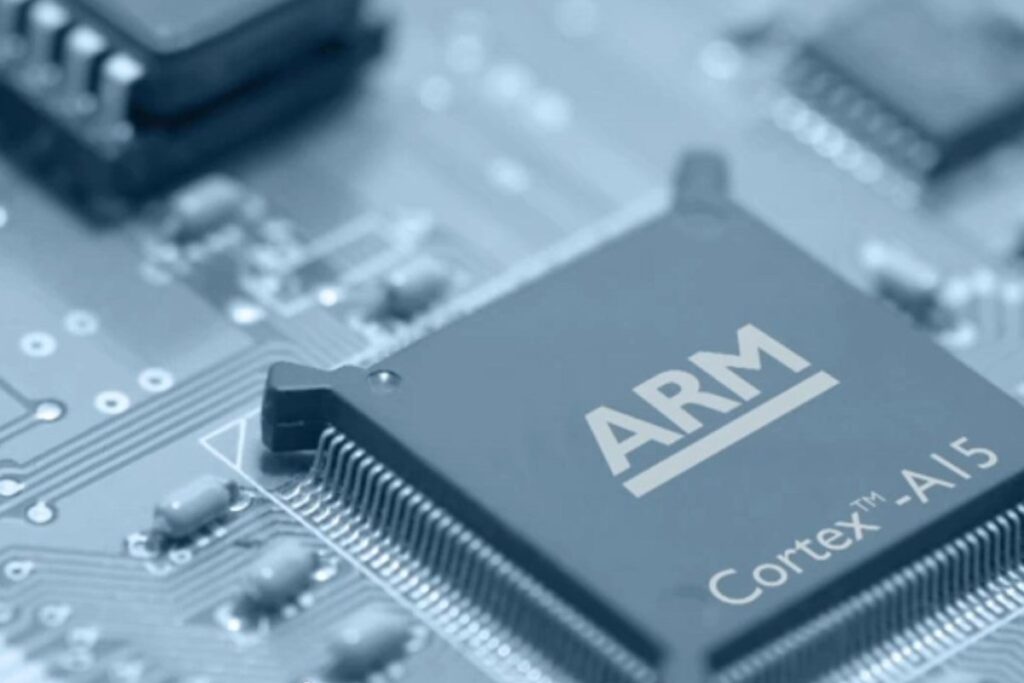

There are two commonly used processor architectures, the RISC or “Reduced instruction set computer architecture”, and the CISC architecture or “Complex instruction set computers”
The Intel, AMD, and other x86 processors have the CISC architecture. The CISC processors currently power almost all personal computers. And the ARM processors that power almost all smartphones are made using the RISC architecture.
The RISC processors have a highly optimized small set of instructions, while CISC processors have a complex and more specialized set of instructions. RISC processors required only one clock cycle to execute their simple instructions, while CISC processors required multiple clock cycles to run their complex instructions.
In the beginning, the CISC architecture reduced the memory and time and greatly increased processing power, which made them more popular amongst PC manufacturers.
However, there were issues with CISC design. Even though it was more powerful, CISC processors generated more heat, and they were more power-intensive. Because PCs and laptops had their cooling systems and power supplies, the CICS design was preferred over the RISC design due to its power.
But these downsides that made CISC favorable for PCs made them unfavorable for smartphones. Because smartphones have to be compact, they can’t have a separate cooling system. Smartphones need to have processors that need to power efficient. Therefore the RISC design was more suitable for smartphones. And ARM, the widely adopted smartphone processors, are based on the RISC design.
What are Apple silicone is MacBooks?
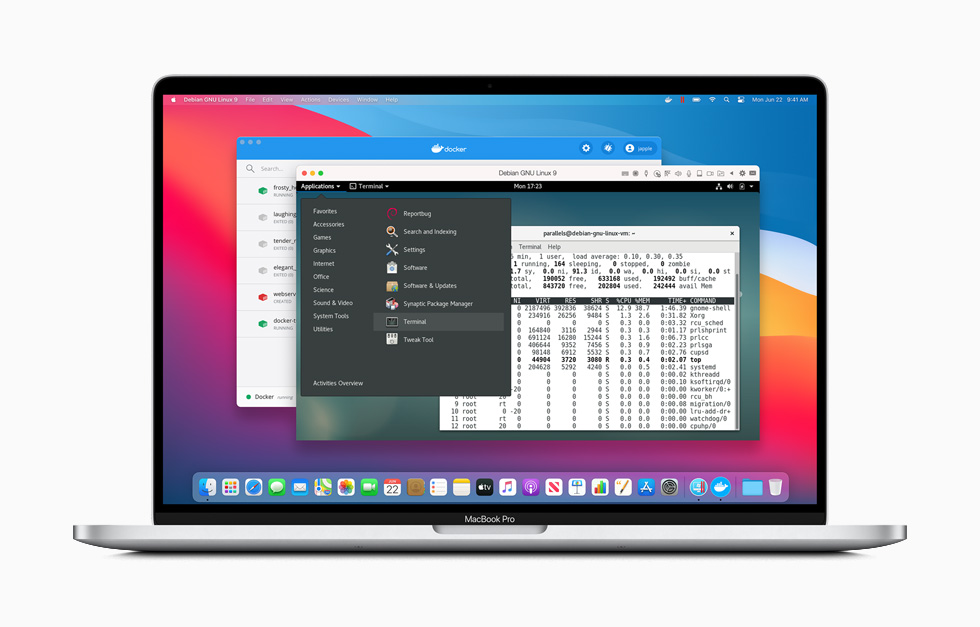

Ever used an Intel MacBook or any other laptop with an Intel, AMD, or any other CISC based processor?
Don’t you find the overheating and constant hum of the fan annoying? What is Apple MacBooks had an iPhone like processor, that was powerful but energy-efficient and produced less heat?
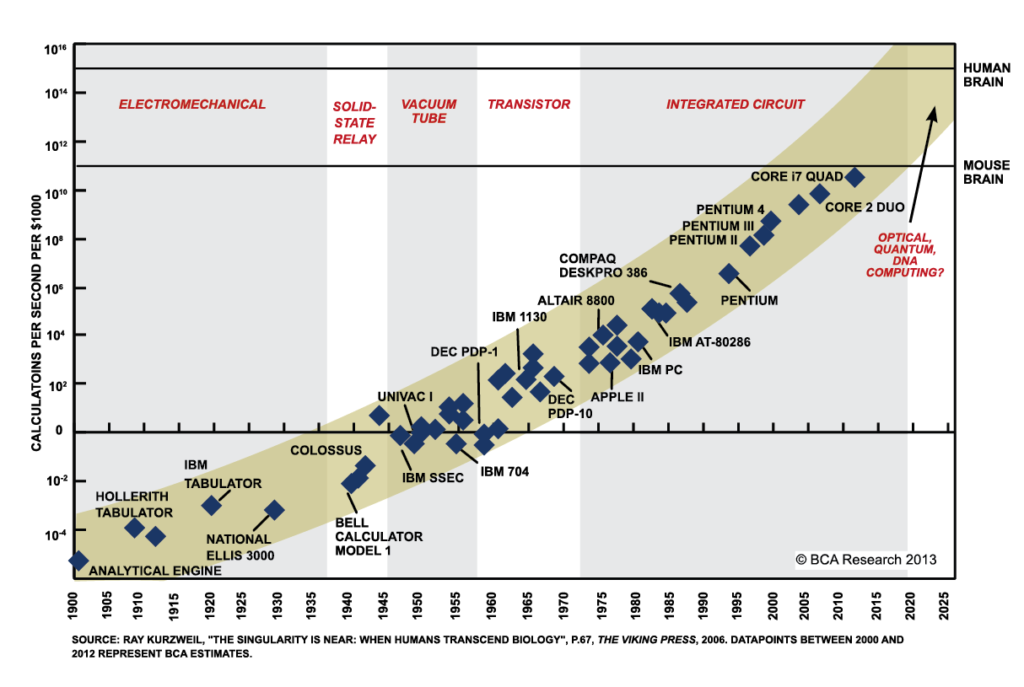

During the last few years, Apple’s ARM-based (RISC design) custom made processors for their iPhones, and iPads have gotten more and more powerful, packing more and more transistors each year.
For example, the current iPad pros can power a version of Photoshop that has the same capabilities as the PC version. And the iPhone’s A13 Bionic chip is powerful to edit and render a YouTube video.
It is the reason why everyone is so excited about Apple-silicon MacBook. They will be more powerful, less power-intensive, and they will produce less heat.
Reasons to look forward to Apple-silicon MacBooks.
- They will be more compact – Because these MacBooks won’t be needing a big cooling system and bigger batteries, they will be compact than ever. The newer MacBook pros may even be as thin or even thinner than a MacBook Air.
- They will last longer – Because these MacBooks are less power-intensive their batteries are going to last even longer, and getting through the day without a charge might not be an issue.
- MacBooks with face ID? – FaceID is one of my favorite features on iPhones. You can unlock your phone, make transactions, just by using your face, without the need for any passwords. Soon you will be able to login to your MacBook with faceID, login to websites. Because Apple processors already have the faceID ability on their iPhones, it’s just implementing the same technology to their MacBooks.
The downside of Apple-silicon MacBooks
Even with the above benefits, there will be some transition period from the Intel MacBooks to Apple silicon MacBooks.
It will take time for developers to make the Apple-silicon version of their current apps, and the current x86 apps written for Intel Macs might not properly function on the new Apple silicon Macs.
Apple has given a two year transition period for developers to switch from Apple silicon. And Apple is going to release both Intel and Apple silicon macs for another two years.
Apple has also introduced an emulator called Rosetta-2 which will make the x86 apps compatible for their ARM based processors, so you even if you are currently using an Intel MacBook, for the time bring, you don’t have to worry about app compatibility.
With so much to look forward to, should you buy an Intel Macbook now or wait for the Apple silicon?
Apple silicon is the future of MacBooks, so for the time being, if you are planning to buy a MacBook now, it’s a good idea to wait for the Apple silicon MacBooks coming late 2020 (November or December). Compare the two and select the best option.
The initial versions of the Apple silicon MacBook might not be perfect. They may even be buggy. However, these ARM processors with their RISC designs have a lot of potentials to change the MacBooks and laptops as a whole for the coming decade.

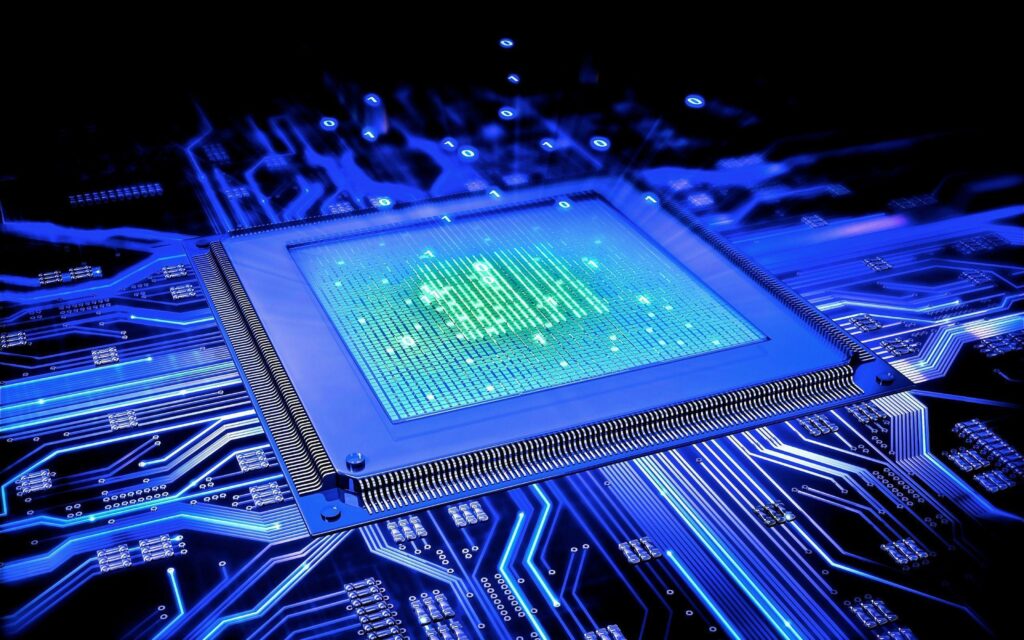
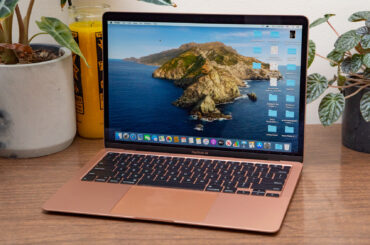

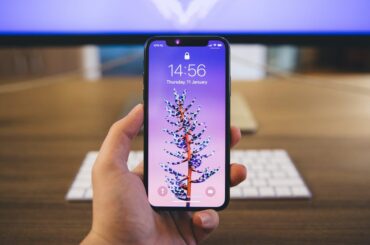
1 Comment
Pingback: The new Apple silicon Macbooks are coming on November 10. - Tec Owly